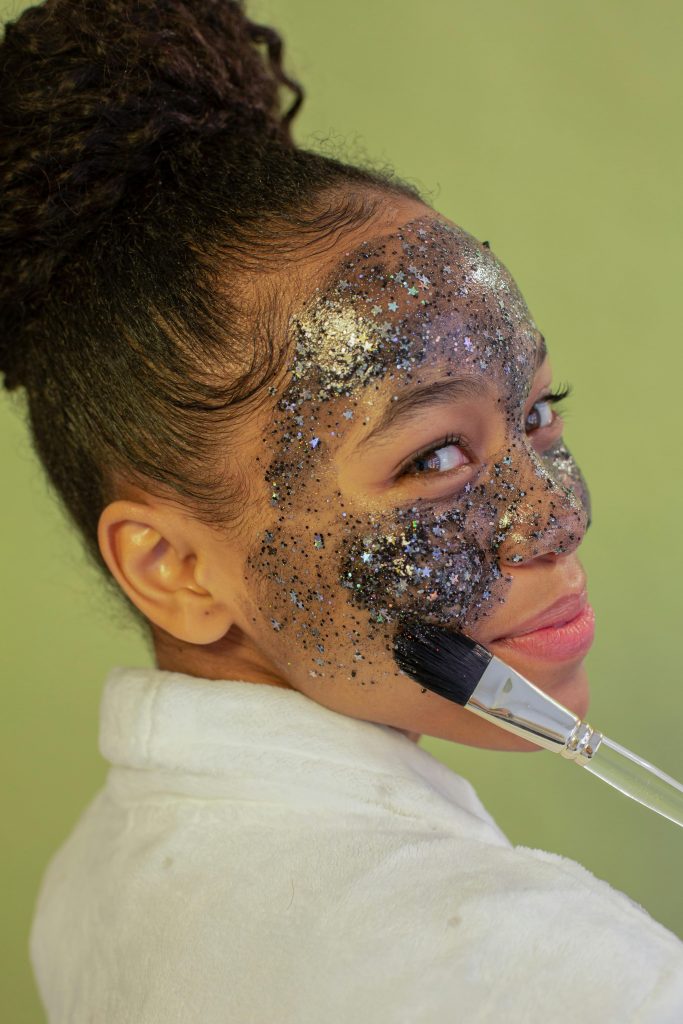Optical glitter, earlier known as ” galglitter UV glitter,” is used for molding keys for cell phones and was first invented by the Japanese in 2006 and started to be used on a large scale in 2007. The main function of the early UV texture is not for appearance enhancement but for hand feeling enhancement, mainly made by steel plate mold technology. The technology and texture are very rough. Electroforming mold technology was born in response to the market, the advantage is finer than steel plate mold, and you can make some CD grain lines; even if the fine degree of texture has improved, the difficulty of making molds has still plagued the development of the texturing process.
PR (Photo Resist) mold technology was then born, mainly through the exposure of the development of the way to produce a micro-nano-level texture is not only finer lines and can be a variety of effects superimposed together to achieve multiple superimposed special appearance effects. At present, the two processes of steel plate mold and electroforming mold are difficult to make a more refined texture and have basically been eliminated. Therefore, the most commonly used texture production technology in China is RP mold technology, which is the UV texture transfer we often mention.
The process of optical texture is introduced:
1, optical galglitter glitter template production – the texture of the “foundation.”
Optical glitter stencil production generally uses laser engraving, ultra-precision CNC machining, holography, electron beam, electrochemistry, and other microfabrication technology, the process of master mold production is extremely difficult, so the production workshop environment requirements are extremely strict. The factory must use a clean workshop stencil production to show the design on top of a metal plate because the texture of the fine degree is calculated in micro-nano. In the post-process, the products are made by light refraction, diffraction, scattering, and other optical phenomena, and with gray and white light and dark and color changes to simulate plants, creatures, fabrics, minerals, nature, science, and abstract art with dynamic, three-dimensional, light and dark interchangeable, colorful, and variable fantasy effects.
2, optical glitter template production – photoresist
The photoresist is an etch-resistant semi-fluid material whose solubility changes through the irradiation or radiation of UV light, excimer laser, electron beam, ion beam, X-ray, and other light sources. In the late 1950s, Eastman Kodak and Shipley designed positive and negative adhesives to meet the needs of the semiconductor industry.
Photoresist uses the difference in dissolution rate between the exposed and unexposed areas to achieve image transfer. The photoresist is photochemically sensitive and can be used for photochemical reactions to coat semiconductors, conductors, and insulators. Therefore, the photoresist is the key chemical material in microfabrication technology.
The photoresist is mainly composed of five basic components, including polymerizer, solvent, photoreceptor, photosensitizer, and additives.
3、The dazzling color mover – UV transfer technology
On top of completing the production of the master mold, a duplicate mold can be made on the hard bearing plate polycarbonate PC, polymethyl methacrylate PMMA, which can be put into the transfer equipment, and the process of texture transfer can be started.
